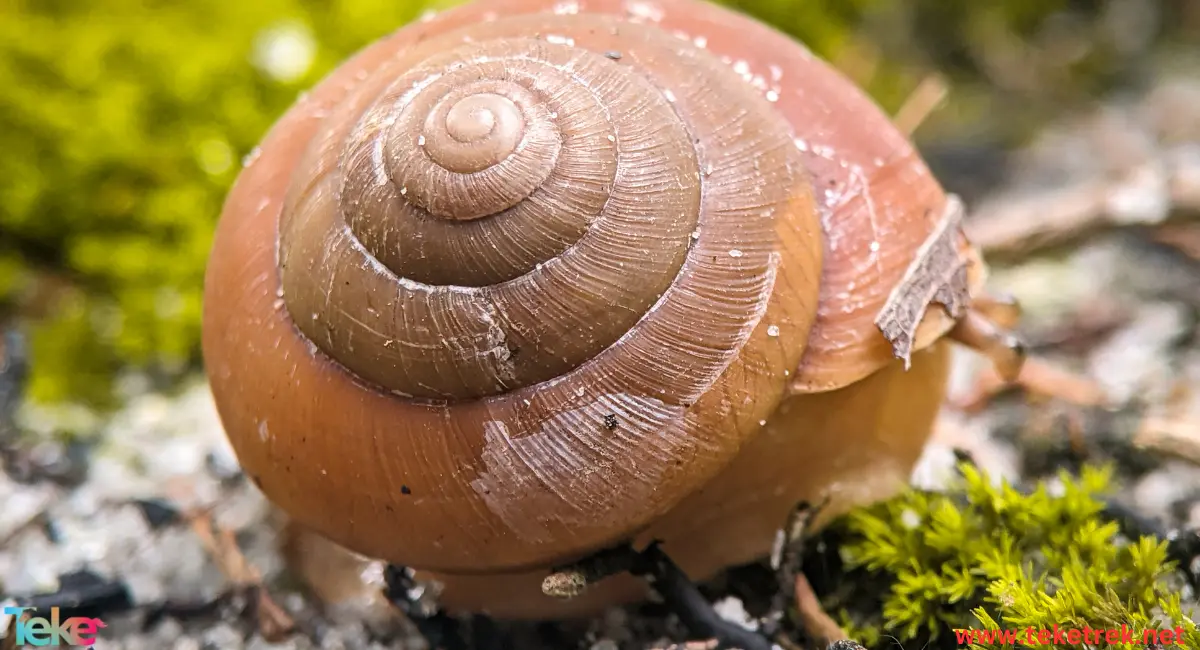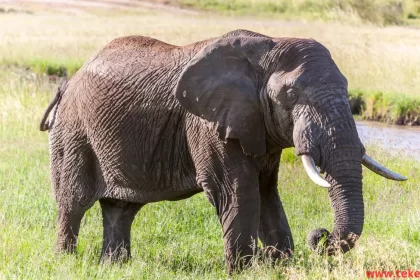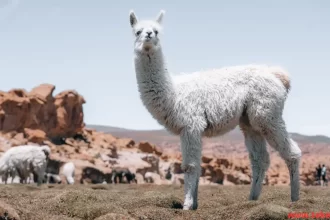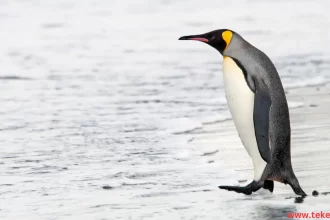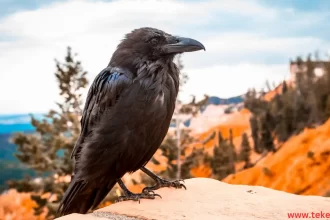Research on mollusks
As their name implies, mollusks possess a soft body and exhibit unique features that set them apart from other organisms.
Below on the Teketrek website, we discuss in detail these organisms, mentioning their key features, habitats, and species.

Definition of mollusks
- The name “Mollusks” originates from a Latin root, derived from “mollis,” meaning soft. They are named as such due to their soft-bodied nature, lacking bones. They are invertebrate animals classified as a phylum in the animal kingdom.
- This includes squid, octopus, snails, clams, mussels, and oysters.
- Most mollusk species possess a hard shell, called a “test,” to protect their bodies. However, some, like octopuses and certain snails, do not have shells. In the case of squids, they are equipped with a structure called a “pen” instead.
Habitats of mollusks
Mollusks inhabit various parts of the world. Some can be found in the deep depths of the oceans, others on high mountain slopes with trees, while others dwell in deserts.
However, regardless of their habitat, mollusks must maintain moisture to stay alive.
Characteristics of mollusks
Mollusks are known for their efficiency in using their body parts, allowing them to serve multiple purposes. For example:
Mantle in Mollusks:
- The mantle envelops the internal organs of the animal to protect them. It also provides a cavity filled with air or water used to exchange carbon dioxide for oxygen from the air or water. Moreover, it serves as a chamber for pumping and filtering water from food particles, as an area to collect samples of air or water for sensory organs to test, as a gateway for waste expulsion, or as a safe chamber for egg deposition until they grow. Additionally, the shell conceals and holds great importance in communication with the external environment.
Gills in Mollusks:
- Aquatic mollusks possess gills that aid in respiration, situated within the mantle cavity, which is typically large. They are also used for capturing food particles.
Kidneys in Mollusks:
- Their function is the final urine processing; they receive it from the cavity, filter it from nutrients and excess waste, and then expel it into the general cavity. Additionally, reproductive glands transport cells of egg and sperm to the general cavity or mantle cavity.
Mucus in Mollusks:
- Mucus is significant for wild mollusks as they move by crawling on their muscular foot, aided by the slippery mucus. An early stage of shell evolution may involve a protective mucus sheath that transforms into hard skin, with calcium carbonates contributing to its hardness to form shells. The mucus aids in digestion by trapping food particles at the mouth, which then move to the anus through the digestive tract. These processes occur in traditional animal bodies, and some marine species use mucus threads for hunting.
The benefits and harms of mollusks
- Some people around the world consume mollusks as a food source, and various beneficial products such as pearls, buttons, and jewelry utilize their shells.
- However, some of them are harmful. For example, small freshwater mollusks can cause a deadly disease known as schistosomiasis. Additionally, shipworm mollusks can bore into ship ropes, wooden boats, and dock piers.
Types of mollusks
There are one hundred thousand species of mollusks to date, with scientists still discovering about 1,000 species every year. However, generally, there are 7 classes of mollusks, which are:
Class Gastropoda:
- The largest class of mollusks includes gastropods, snails, slugs, and limpets. Most of them are equipped with a single spiral shell, but some, like sea slugs, do not have shells after the larval stage. You might think they crawl on their bellies, but they use a large muscular foot underneath their bodies, moving it in a wavelike motion to propel themselves forward. Marine gastropods and some land species have a structure like a cap on the back of the foot, called the operculum. It withdraws backward into the shell and closes its cover. Some species have pairs of tentacles on their heads to help the animal sense its way. Each tentacle carries an eye in some species. Moreover, they are equipped with a ribbon of teeth called the radula used for scraping food.
Class Bivalvia:
- Ranking second in mollusk groups in terms of size, this class includes bivalve mollusks such as clams, mussels, scallops, oysters, and shipworms. They have two connected shells that strong muscles draw together for protection in danger to close and keep them shut until the threat subsides. Most individuals are small, but there are large species like the giant clam, which can reach a meter in length and weigh up to 1,100 kilograms. They have a strong muscular foot that moves by extending outward and anchoring into the mud or sand, then they pull themselves along with the foot. Some species like razor clams and shipworms use it for burrowing. They lack heads or teeth and obtain oxygen and food through a siphon. They feed on planktonic plants through their gills.
Cephalopoda:
- Considered the most active class of mollusks, it includes cephalopods like octopuses, squids, and cuttlefish, which inhabit the oceans. They have a large head and long arms, with the shape of the head being roughly cuboid, surrounded by arms. Octopuses have eight arms, while squids have eight arms and two tentacles. The arms are situated around two powerful beak-like jaws at the bottom of the head, which tear apart the prey. Octopuses grasp the prey with their arms, while squids use their arms and tentacles. They eat fish and other mollusks.
Class Scaphopoda:
- Their bodies consist of flattened ovals covered with eight shell plates held together by a sturdy belt, composed of eight interlocking pieces. They have a large flat foot used for movement. It adheres to rocks and curls up when it needs to leave the rock. They have a small head and mouth but no eyes or tentacles. They use a long scraping appendage to scrape algae from rocks.
Monoplacophora:
- They have a single flat shell similar to that of gastropods, as well as several pairs of gills and more than six pairs of kidneys. Their central nervous system resembles a ladder.
Class Aplacophora:
- They resemble worms covered with small spines that may not be visible.
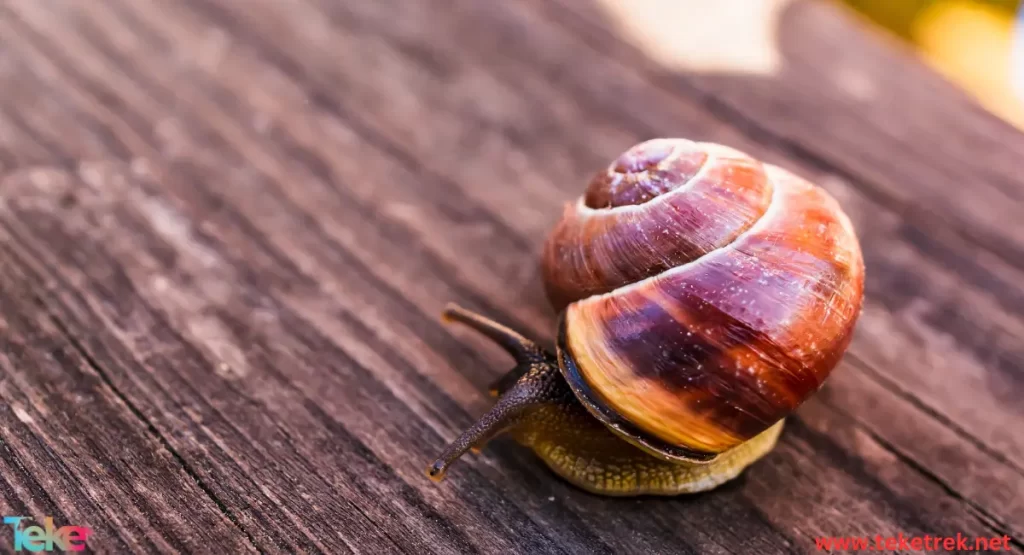
Frequently asked questions
Some common questions about mollusks include:
What defines a mollusks?
They are living organisms from the invertebrate animal phylum that lack bones.
What are the 6 examples of mollusks?
Clams, squids, octopuses.
Characteristics of mollusks?
One of the prominent characteristics of mollusks is their efficiency in using their body parts.
In summary, mollusks have adapted to live in various environments and are part of the human diet, although some can be harmful.

